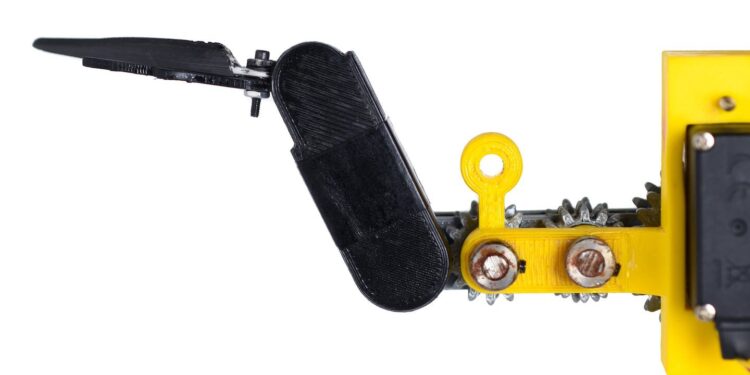Robotics engineers are one step closer to building a group of Krill robots. These robots are capable of underwater exploration and may one day help future search and rescue missions.
to report TeknakKrill refers to a type of crustaceans that look like shrimp and are found in the waters of all the world’s oceans.
According to a study published earlier this month Scientific Reports published, a team from Brown University working alongside researchers from the Universidad Nacional Autónoma de México recently designed and built a robotic leg called the Pleobot. The researchers say it’s a “unique krill-inspired robotic swimming appendage” and is the first mechanism to enable a comprehensive study of what they know as metachronal propulsion.
Despite their small size, krill regularly travel fairly large distances, moving vertically over 1,000 meters twice a day. One of the keys to these daily trips is their metachronal swimming. This type of swimming is a type of locomotion that is often found in multi-legged aquatic organisms, including shrimps.
For years, the study of the complexities of metachronal propulsion has been limited to observations of living organisms. However, the paper’s lead author Sara Oliveira Santos explained in a statement released Monday that the Pleobot will allow scientists to investigate krill-like swimming, including studying how metachronal propulsion allows the creatures to maneuver below Have superior water.
The robotic leg is mainly made of 3D printed parts assembled into three joint parts. Researchers can actively control the first two parts of the krill-like legs, while the bifurcated end fins move passively against the water.
“We have snapshots of the mechanisms that are used for efficient swimming, but we don’t have comprehensive data,” said postdoctoral student Niels Tuck. We built and programmed a robot that precisely simulates the necessary movements of the legs to create specific movements and change the shape of the appendages. This allows us to have different configurations to measure and compare that would otherwise be unattainable with live animals.
According to the study, Pleobot observation even allowed researchers to understand a previously unknown factor in krill movement. This is how krill move forward when swimming. As the team explained, the krill must constantly swim to avoid drowning, meaning it must rise at least a little while moving horizontally through the water. As Zhang Jingsu, another postdoctoral student involved in the project, explained: “We identified an important effect of a low-pressure area behind the swimmer’s legs, which contributes to increased lift during the power stroke of the moving legs. .
Moving forward, the team hopes to expand their understanding of krill-like agile swimming and apply it to future iterations of Pleobot. After refining the design, which the research team has made open source online, the basic mechanisms of Krill could eventually find their way into underwater robots for all kinds of uses, including exploration and even rescue missions.
The post This robotic foot makes underwater exploration easy appeared first on TechNock – News of the world of technology. appeared.


















گفتگو در مورد این post